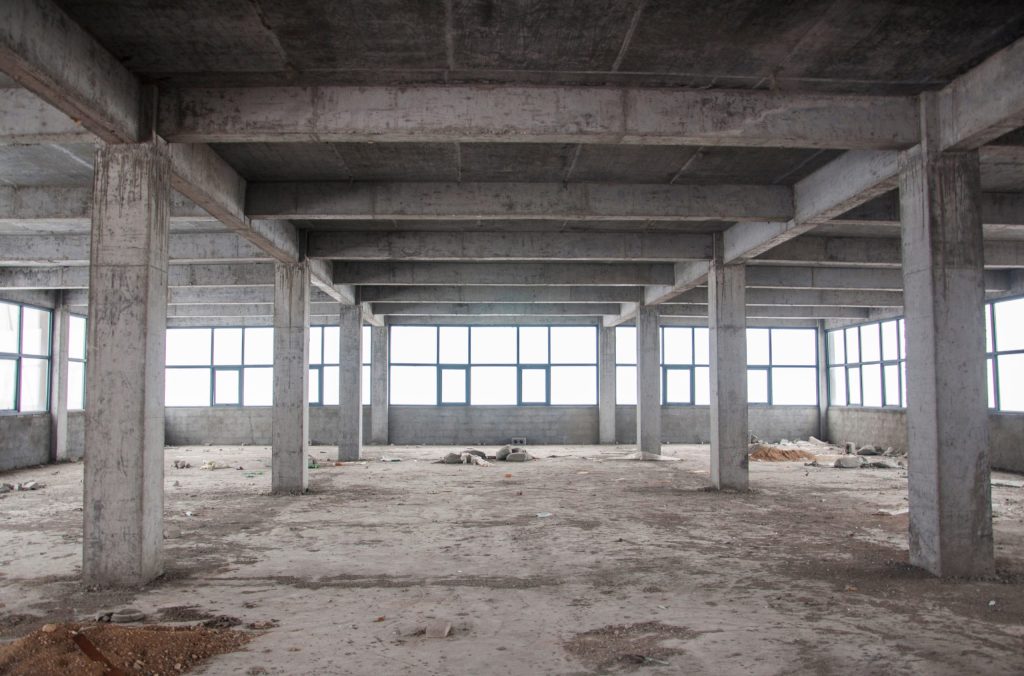- Our Services
- Contract Administration
Contract Administration
T: 0161 518 8671
E: bc@roger-hannah.co.uk
Our team of chartered surveyors can provide expert Contract Administration advice for a wide variety of construction projects.
We use our knowledge and experience to ensure contracts are correctly executed, to safeguard our clients’ interests and deliver the best outcome within the required timescales and to budget.

Contract Administration typically includes the preparation of tender documentation, schedules of rates and employers’ requirements, alongside preparation of contract documentation. Using our extensive knowledge on building construction, alongside our ability to successfully manage both small and large scale projects our chartered Building Surveyors regularly act as Contract Administrators.
Subject to our clients' specific requirements, key services include:
-
Initial Feasibility Studies.
-
Budget / Cost Consultancy
-
Applications for statutory approvals / consents (Planning & Building Regulations, etc.)
-
Preparation of Schedule of Works, specifications and employers’ requirements for tender purposes.
-
Administration and overseeing tender process.
-
Preparation of tender analysis.
-
Preparation and execution of contract documentation.
-
Project management / supervision.
-
Administration of the contract.
-
Dealing with requests for information.
-
Valuation and preparation of certificates of payment.
-
Issue contract instructions.
-
Monitor works through to completion.












